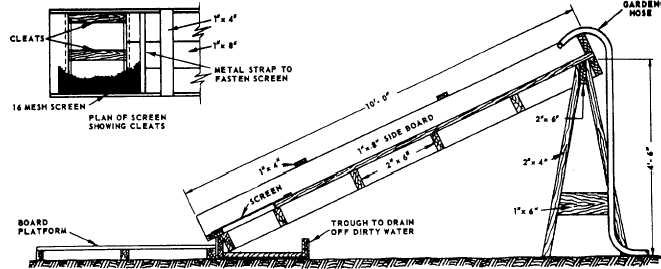
Figure 6-3.-Field-constructed rig for washing aggregate.
aggregate. For work in which aggregate strength and durability are of vital importance, such as paving concrete, aggregate must be laboratory tested.
Handling and Storage
A mass of aggregate containing particles of different sizes has a natural tendency toward segregation. "Segregation" refers to particles of the same size tending to gather together when the material is being loaded, transported, or otherwise disturbed. Aggregate should always be handled and stored by a method that minimizes segregation.
Stockpiles should not be built up in cone shapes, formed by dropping successive loads at the same spot. This procedure causes segregation. A pile should be built up in layers of uniform thickness, each made by dumping successive loads alongside each other.
If aggregate is dropped from a clamshell, bucket, or conveyor, some of the fine material may be blown aside, causing a segregation of fines on the lee side (that is, the side away from the wind) of the pile. Conveyors, clamshells, and buckets should be discharged in contact with the pile.
When a bin is being charged (filled), the material should be dropped from a point directly over the outlet. Material chuted in at an angle or material discharged against the side of a bin will segregate. Since a long drop will cause both segregation and the breakage of aggregate particles, the length of a drop into a bin should be minimized by keeping the bin as full as possible at all times. The bottom of a storage bin should always slope at least 50° toward the central outlet. If the slope is less than 50°, segregation will occur as material is discharged out of the bin.
WATER
The two principal functions of water in a concrete mix are to effect hydration and improve workability. For example, a mix to be poured in forms must contain more water than is required for complete hydration of the cement. Too much water, however, causes a loss of strength by upsetting the wqter- cement ratio. It also causes "water-gain" on the surface-a condition that leaves a surface layer of weak material, called laitance. As previously mentioned, an excess of water also impairs the watertightness of the concrete.
Water used in mixing concrete must be clean and free from acids, alkalis, oils, and organic materials. Most specifications recommend that the water used in mixing concrete be suitable for drinking, should such water be available.
Seawater can be used for mixing unreinforced concrete if there is a limited supply of fresh water. Tests show that the compressive strength of concrete made with seawater is 10 to 30 percent less than that obtained using fresh water. Seawater is not suitable for use in making steel-reinforced concrete because of the risk of corrosion of the reinforcement, particularly in warm and humid environments.
ADMIXTURES
Admixtures include all materials added to a mix other than portland cement, water, and aggregates.
Continue Reading